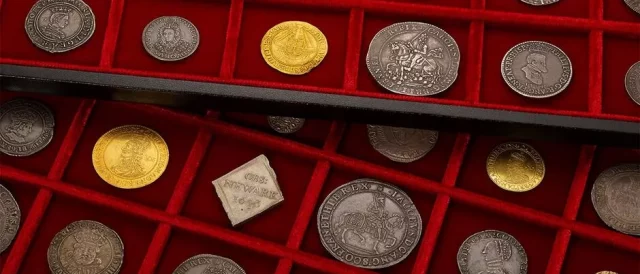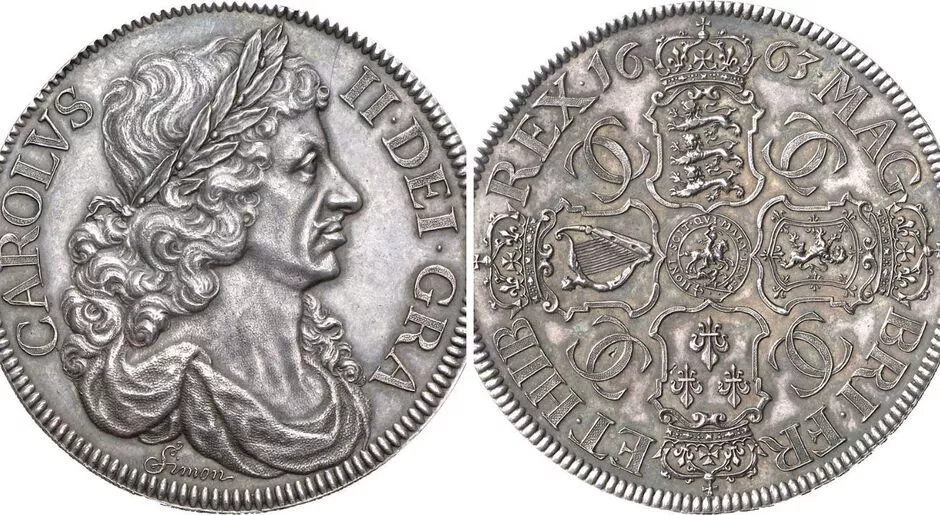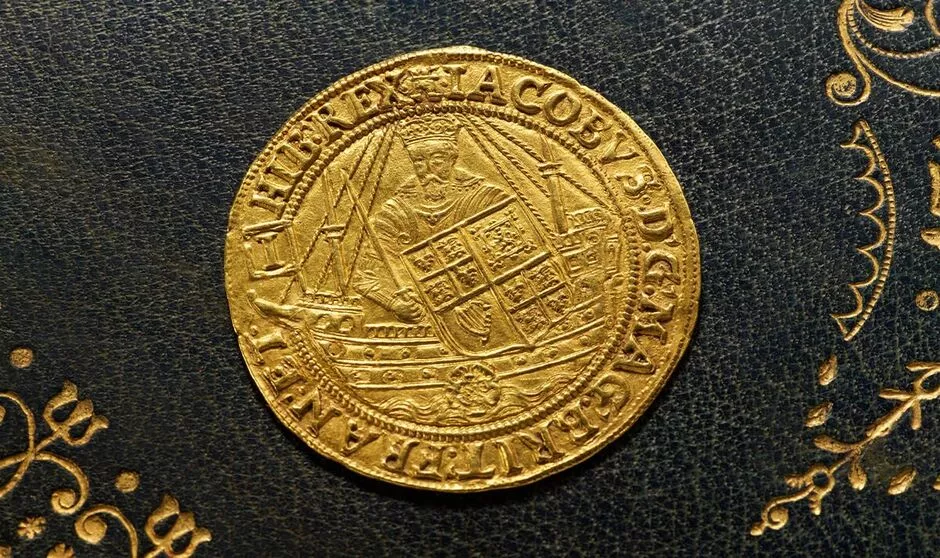EXCLUSIVE: An extremely rare collection of coins, some of which are the finest known examples in existence, is being shown to the public for the first time in decades, with some pieces potentially worth upwards of £1million.
By JOEL DAY
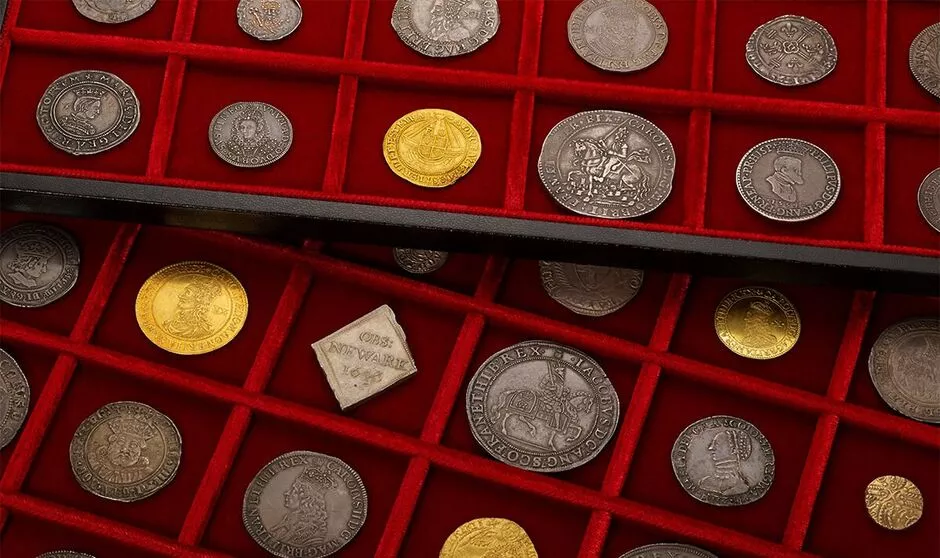
The Cope Collection is the best-preserved and rarest set of coins found anywhere in Britain (Image: Stephen Wakeham)
The face of a Roman noblewoman, a well-fed King Henry VIII, and a balding King William IV: these are just some of the reliefs etched into a collection of ancient coins set to be put on auction for the first time.
The Cope Collection, as it is known, was collected over 50 years by the noted numismatist Geoffrey Cope.
In all, the collection is made up of 170 Roman bronze coins and more than 800 British coins and medallions in a state of preservation rarely seen.
Many of the coins are thought to be the finest known examples in existence.
They are now due to be auctioned in Zurich in May and October this year, in a collaboration headed by leading coin firms Numismatica Ars Classica, Classical Numismatic Group and Numismatica Genevensis.
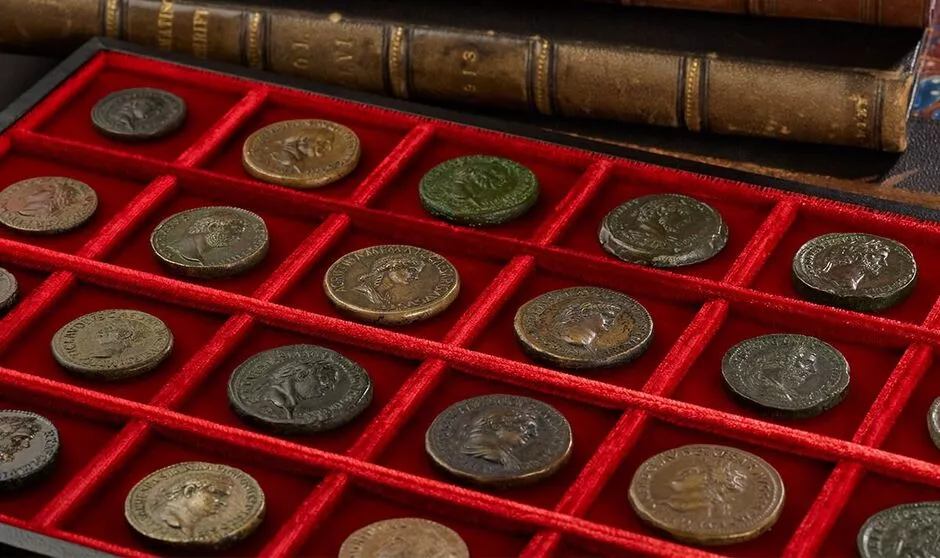
A series of the Roman coins as part of the collection dating back thousands of years (Image: Stephen Wakeham)
Mr Cope, of the Skopes menswear firm, was one of Britain’s most successful numismatists and made significant donations to the British Museum.
His son, who wishes to remain anonymous, now owns the Cope Collection and spoke fondly of the coins but hoped that they would now give someone else as much pleasure as his father.
“My father devoted 50 years of passion and dedication to building this one-of-a-kind collection. Each coin is like a miniature work of art with hundreds or in some cases thousands of years of history behind it. I hope that new collectors will be able to find as much joy in these coins as they brought to him and to my family,” he told Express.co.uk.
There is no end to the highlights of the Cope Collection, which spans millennia of British history from the Celts and Romans, Anglo-Saxons and Normans through to the Tudors. A few of the coins, however, stand out more than most.
The Petition Crown of Charles II, for example, is the most valuable of all the coins and the highest independently graded of only 16 known in existence. It is estimated to be worth $750,000 (£585,318), though sources familiar with the coins told Express.co.uk that it “wouldn’t be unreasonable to think that it may fetch $1million (£780,425).”
Struck by the celebrated medallist Thomas Simon, it was created in 1663 to ‘petition’ the King to rehire Simon as the sole Chief Engraver at The Royal Mint. It was at the time a breakthrough, as Simon used new mechanical techniques to print a message around the edge of the coin entreating the King to “compare this his tryall piece with the Dutch”.
The coin that will perhaps stand out most to the public depicts the notorious King Henry VIII in an imposing and unusual frontal portrait.
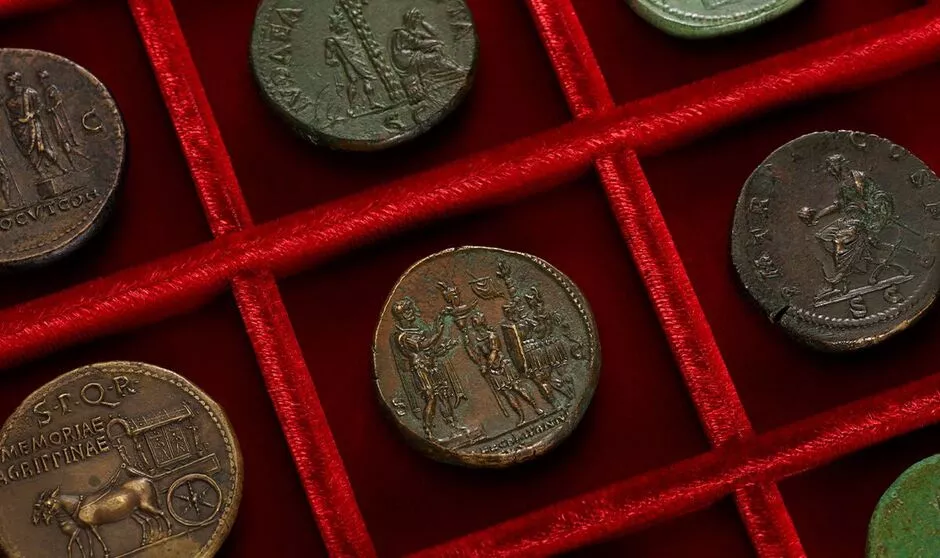
The coin showing Emperor Hadrian is just one of the 170 fine Roman-era bronze coins (Image: Stephen Wakeham)
This piece was struck way back in 1544 and was, the experts say, more than likely modelled on the famous painting by Hans Holbein the Younger.
Not only is the coin unique in the way it is designed, but it marked a pivotal moment in English history. Henry’s wars had exhausted the country’s coffers, and, desperate to pump new money into circulation, a secret order went out to create a debased coinage in the form of some “testoons” normally worth 12p.
It was an early sign of economic manipulation, as the shillings were, in fact, worth much less than what they claimed to be. History has once again changed the tide of their value, for they are today set to sell for £35,000.
Though it isn’t worth as much as some of the collection’s other pieces, Mr Cope is said to have prized the Henry VIII coin head and shoulders above the rest and spent the better part of his life searching for it. It is believed to be the finest of its kind in existence.
Another highlight of the collection is the famous Oxford Crown depicting King Charles I by Thomas Rawlins, struck in 1644.
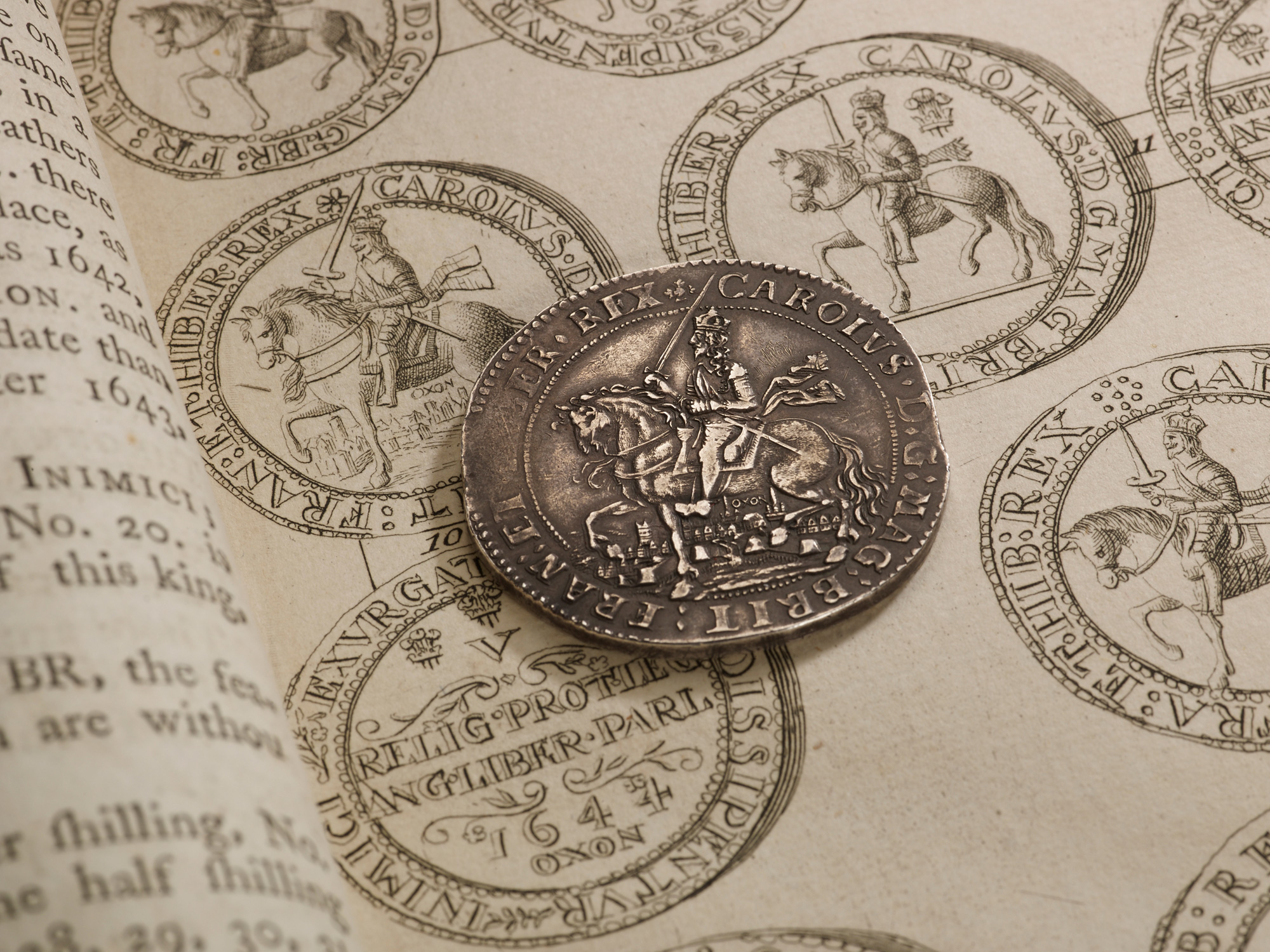
The famous Oxford Crown depicting King Charles I by Thomas Rawlins, struck in 1644 (Image: Stephen Wakeham)
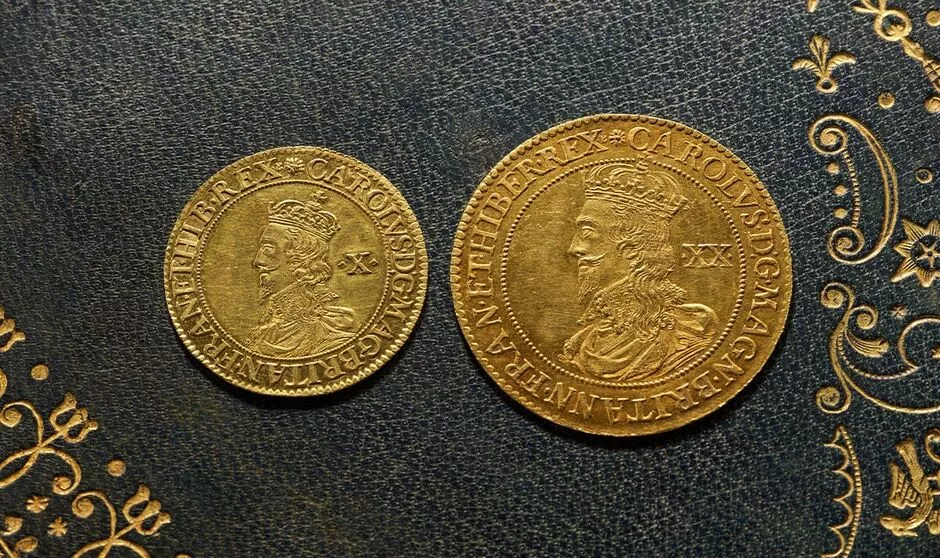
The coin depicting Charles I during the English Civil War which lasted from 1642 to 1651 (Image: Stephen Wakeham)
The coin shows Charles I in Oxford during the English Civil War, with the two central spires belonging to All Saints Church — having been reconstructed since — and the University Church of St. Mary on the High Street. Only 11 such coins are known to have survived, with eight of them part of museum collections.
Turn back the clock a little further back and the collection is filled to the brim with Roman relics from what was a very different world than that of Kings and Queens.
All of the Roman bronzes are in a remarkably high state of preservation, especially that which depicts the sestertius of Hadrian celebrating his legions stationed in Britain and their completion of Hadrian’s Wall, parts of which survive today.
In a statement, Arturo Russo, Director of Numismatica Ars Classica, said: “Assembled over a lifetime by a connoisseur and passionate advocate for numismatics, the Cope Collection is a truly remarkable collection containing some of the finest Roman and British specimens in existence. These coins are spectacular not only for their artistic representations of important moments in Roman and British national history, but also for their pedigree.”
Meanwhile, David Guest, Director of Classical Numismatic Group, added: “The sale of the Cope Collection is one of the most significant dispersals of British coins in decades. Every era of coin production in the British Isles is represented in the collection. Among many great rarities the Petition Crown of Charles I stands out, which, in the centuries since its production, has developed a mythic status amongst numismatists and coin collectors for its sheer artistry.”
